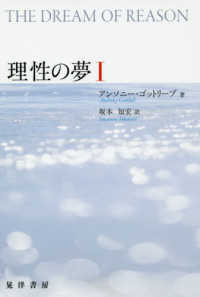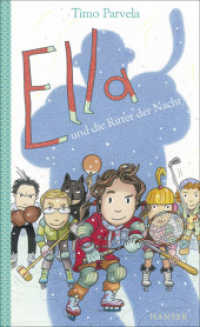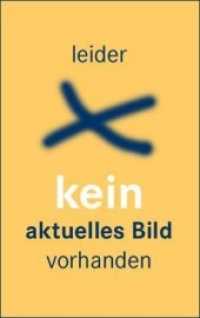Full Description
Cultural anthropology has always been dependent on translation as a textual practice, and it has often used 'translation' as a metaphor to describe ethnography's processes of interpretation and cross-cultural comparison. Questions of intelligibility and representation are central to both translation studies and ethnographic writing - as are the dilemmas of cultural distance or proximity, exoticism or appropriation. Similarly, recent work in museum studies discusses problems of representation that are raised by ethnographic museums as multimedia 'translations'. However, as yet there has been remarkably little interdisciplinary exchange: neither has translation studies kept up with the sophistication of anthropology's investigations of meaning, representation and 'culture' itself, nor have anthropology and museum studies often looked to translation studies for analyses of language difference or concrete methods of tracing translation practices.
This book opens up an exciting field of study to translation scholars and suggests possible avenues of cross-disciplinary collaboration.
Contents
1. Introduction
2. Translation as metaphor, translation as practice
The translation of culture
Culture as translation
Translation without language difference?
3. The translatability of cultures
Translatability, untranslatability and relativism
Alterity and familiarity in ethnographic translations
4. Historical perspectives
Colonialism and the rise of British anthropology
Translation practices in 'classical' ethnography
E.E. Evans-Pritchard's The Nuer
5. Critical innovations in ethnography
Confession and the translator's preface
Dialogical ethnography
Quotation
Thick translation
Ethnography at home
Ruth Behar's Translated Woman
6. Ethnographic translations of verbal art
Early twentieth-century collectors
The performance dimension
The use of layers
Retranslation
Translating into target-language canons
7. Museum representations
The museum as translation
Shifting contexts
Ideologies of arrangement: the Pitt Rivers Museum
Faithfulness and authenticity
Verbal interpretation in the museum
Museums as contact zones
8. Ethical Perspectives
Ownership and authority
Dialogue and difference
9. Conclusion








